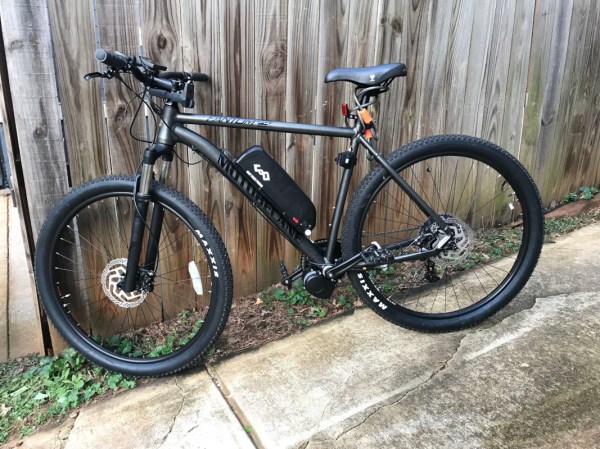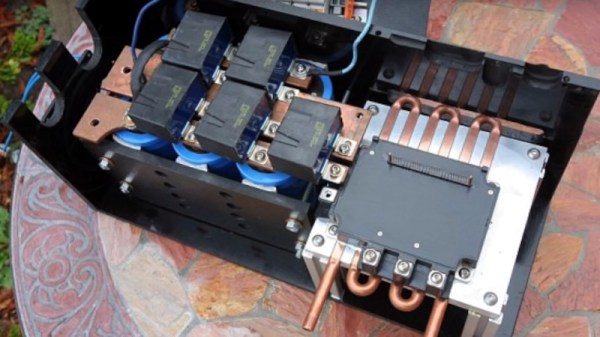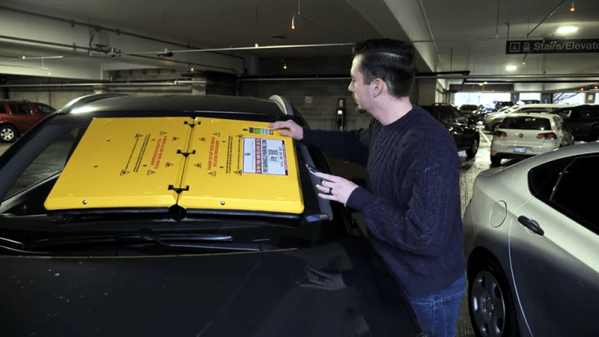In the ebike world, there are two paths. The first is a homemade kit bike with motors and controllers from China. The second is a prebuilt bike from a manufacturer like Giant, with motors and controllers from China, which will be half as fast and cost three times as much. The choice is obvious, and there are other benefits to taking the first path as well, such as using this equipment which now has an open source firmware option.
The Tong Sheng TSDZ2 drive is popular in the ebike world because it’s an affordable kit motor which has a pedal-assist mode using torque sensors, resulting in a more polished experience. In contrast, other popular kit motors tend to rely on less expensive cadence sensors which are not as smooth or intuitive. This new open source firmware for the TSDZ2 further improves on the ride by improving the motor responsiveness, improving battery efficiency, and opening up the ability to use any of a number of color displays. (More information is available on a separate Wiki.)
If you have a TSDZ2-based ebike it might be time to break out the laptop and get to work installing this firmware. If you’re behind the times and still haven’t figured out that ebikes are one of the best ways to travel, here is the proof you need.
Thanks to [coaxial] for the tip! Photo via Reddit user [PippyLongSausage].
















